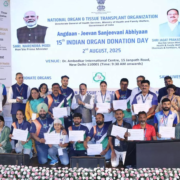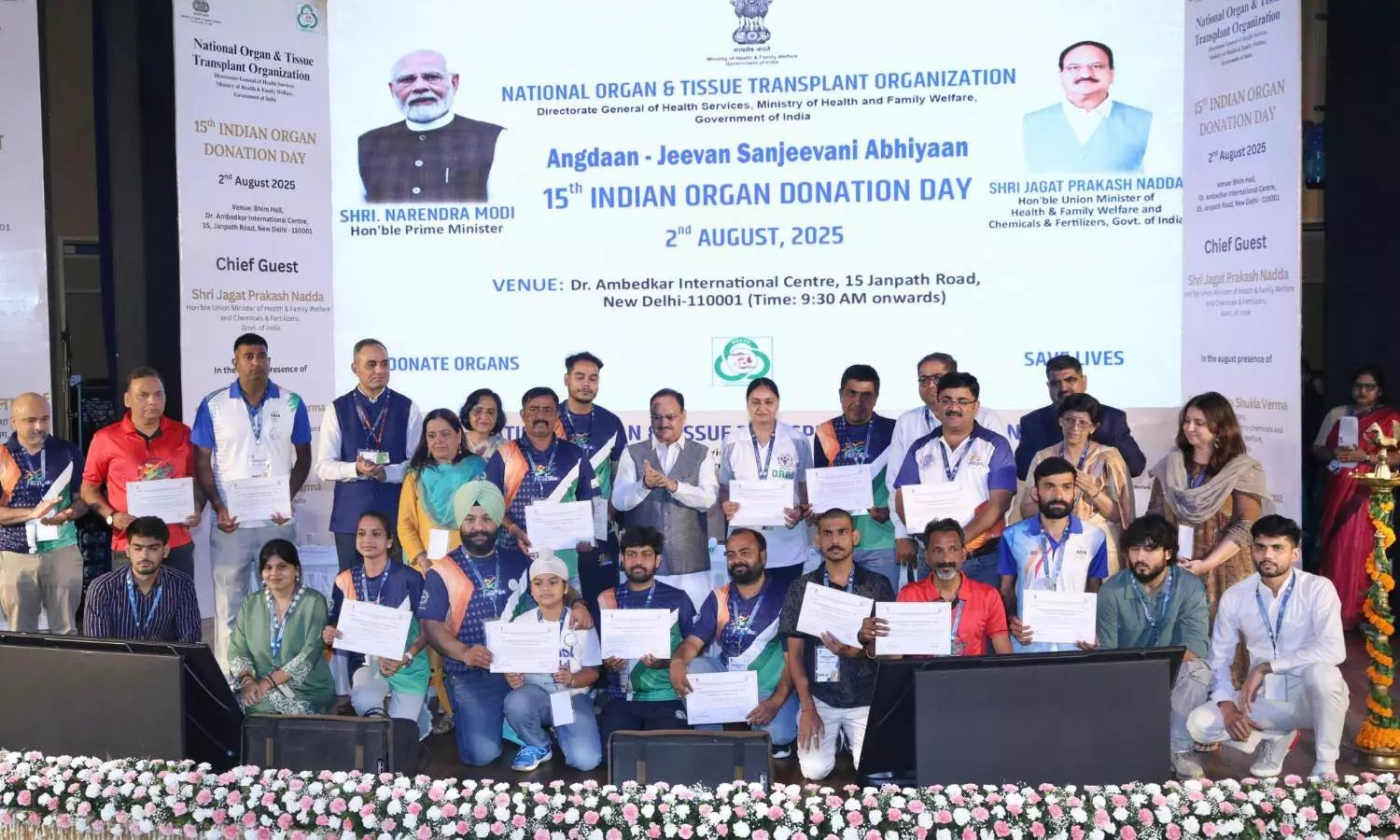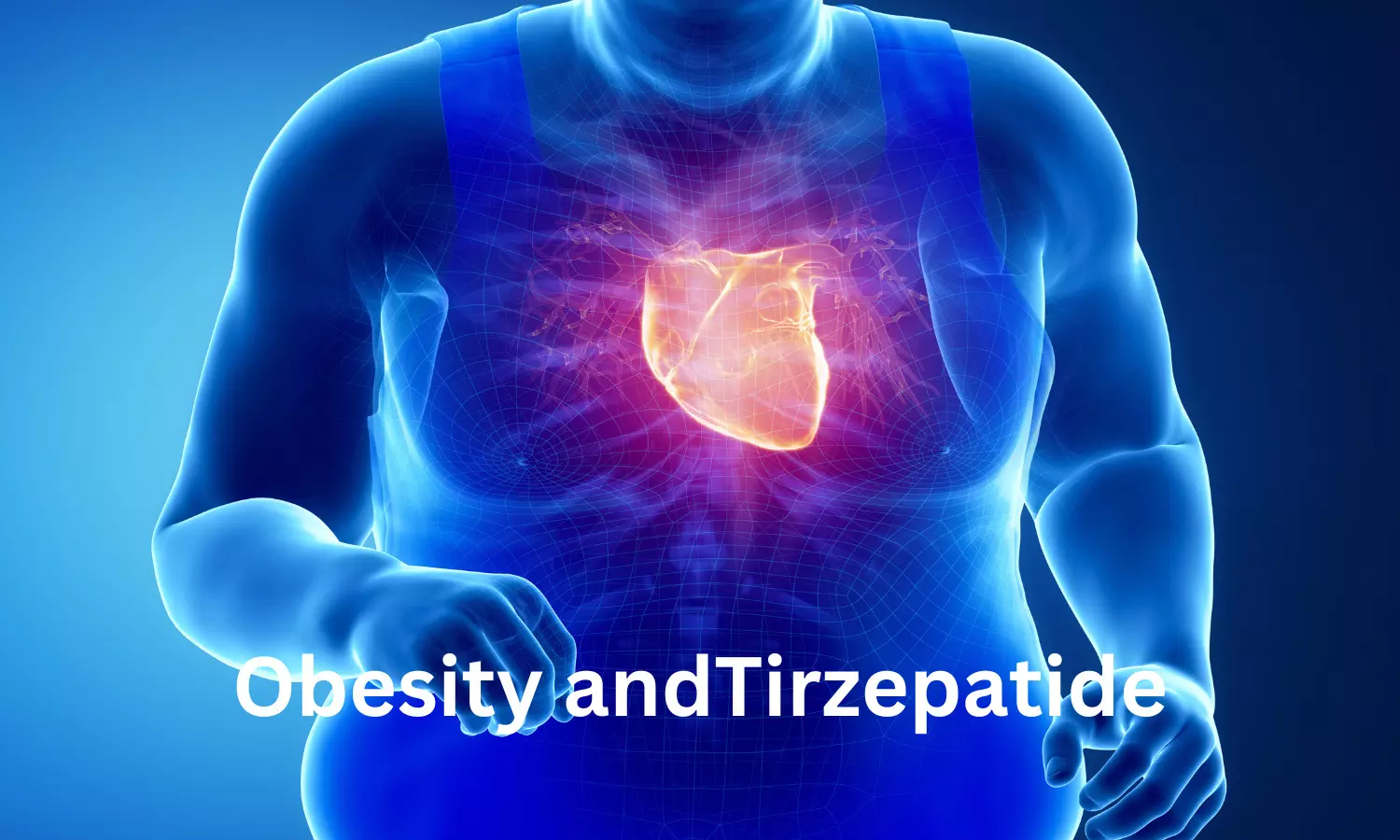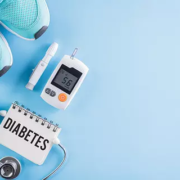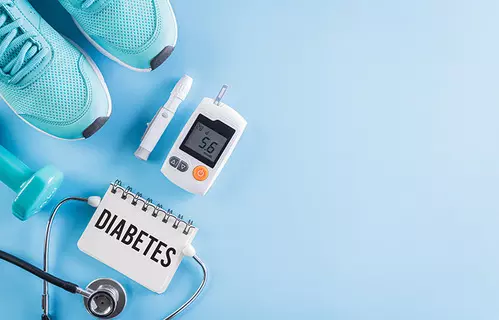Eli Lilly expands India presence with inauguration of Hyderabad site

Hyderabad: Eli Lilly and Company (India) has announced the opening of its new technology and innovation site in Hyderabad; a new strategic hub for advanced digital and technology capabilities that will improve efficiency across Lilly’s global operations.
By focusing on areas such as artificial intelligence (AI), automation, cloud computing, and software product engineering, the site will contribute to solving some of the world’s most pressing health challenges while also creating growth opportunities for local talent.
Located in Gachibowli, Lilly’s Hyderabad site spans approximately 220,000 square feet across four floors within the Phoenix Equinox building. Lilly has already onboarded 100 professionals at the Hyderabad facility and plans to expand the headcount to 1,500 over the next few years.
The facility was officially inaugurated by Diogo Rau, Executive Vice President and Chief Information and Digital Officer of Eli Lilly and Company, alongside the Hon’ble Chief Minister of Telangana, Shri A. Revanth Reddy, and Shri D. Sridhar Babu, Hon’ble Minister for IT, Electronics & Communications, Industries & Commerce, and Legislative Affairs, Government of Telangana. Sanjay Kumar, IAS, Special Chief Secretary, Industries and Commerce Department, was also present at the event.
Shri A. Revanth Reddy, Hon’ble Chief Minister of Telangana, said, “We are delighted to welcome Lilly to Hyderabad’s growing life sciences ecosystem. The inauguration of this new site further reinforces the city’s position as a global hub for healthcare innovation, built on scientific excellence, skilled talent, and international collaboration. The Government of Telangana remains committed to fostering an environment where pioneering companies like Lilly can thrive and deliver meaningful impact both in India and globally.”
Shri Sridhar Babu, Hon’ble Minister for Information Technology, Electronics & Communications, Industries & Commerce and Legislative Affairs, Telangana, added, “Hyderabad is rapidly emerging as a global epicentre for digital innovation, and Lilly’s new site inauguration is a strong validation of that momentum. This investment reflects the transformative impact of technology on healthcare. Telangana remains committed to enabling future-focused partnerships that drive economic growth and advance digital health solutions for the world.”
“The inauguration of our Hyderabad site reflects our long-term commitment to India and our intent to strengthen our presence in the region,” said Diogo Rau, Executive Vice President and Chief Information and Digital Officer, Eli Lilly and Company. “This expansion brings together top talent in AI, data science, and engineering to build the digital foundation that will accelerate the discovery and delivery of innovative medicines. Hyderabad offers the perfect blend of deep technical expertise and a spirit of collaboration, making it a natural partner in our mission to make life better for people around the world. The city’s legacy of innovation runs deep—from establishing one of India’s first medical schools in 1846 to being among the earliest regions to adopt railways in recognition of the power of connectivity. Today, we are proud to build on that history by creating an integrated ecosystem that unites medicine, engineering, and digital innovation to transform how healthcare is delivered.”
“Lilly’s Hyderabad site will integrate advanced technology capabilities across key functions, supporting accelerated innovation, enhanced efficiency, and improved health outcomes for patients globally,” the company stated.
Powered by WPeMatico


